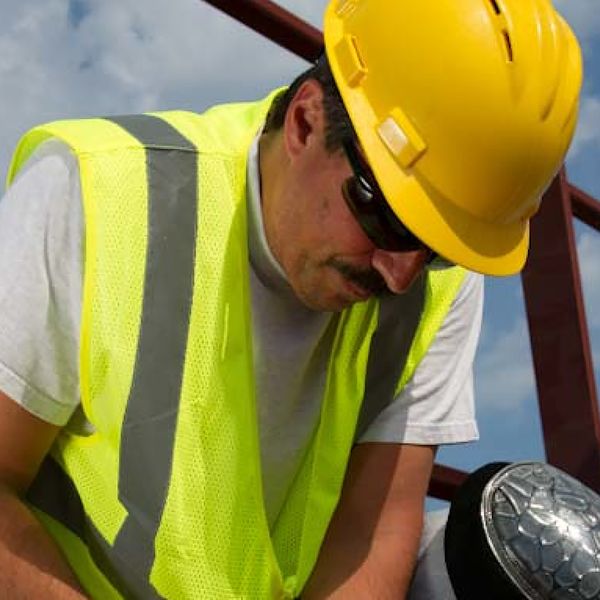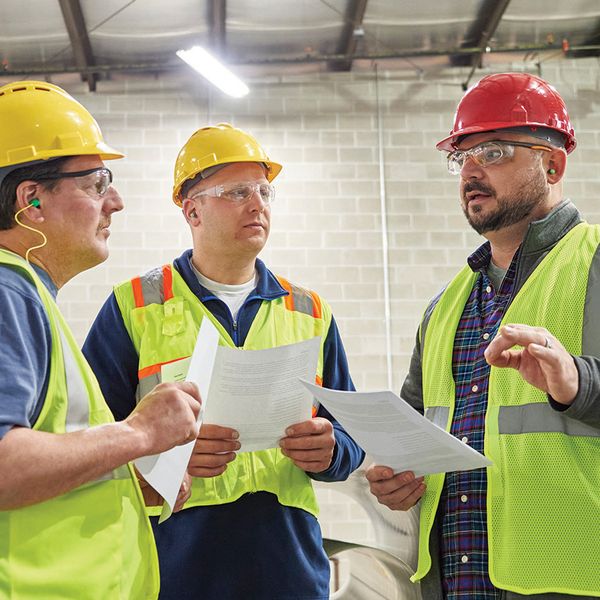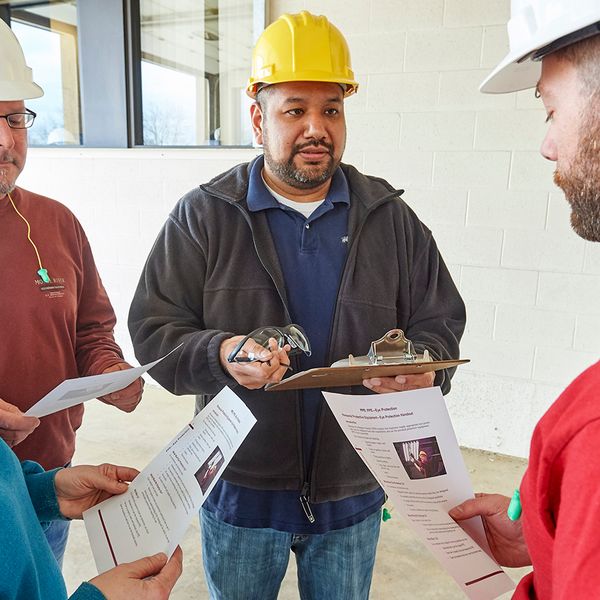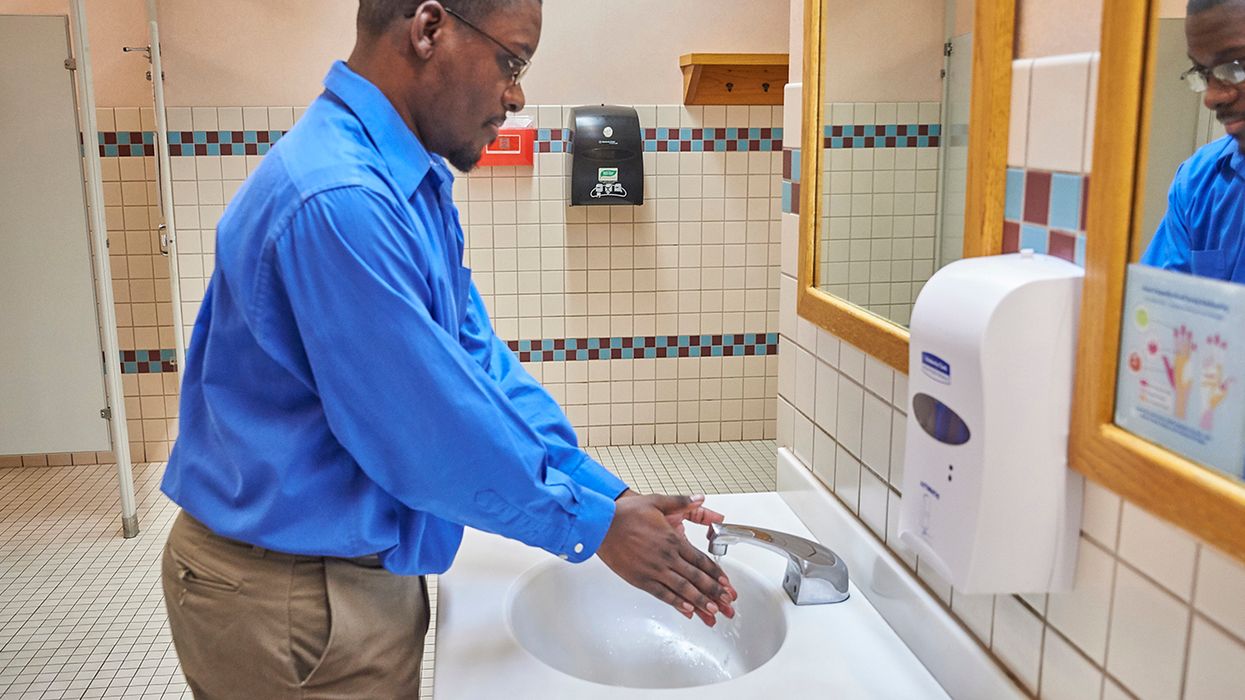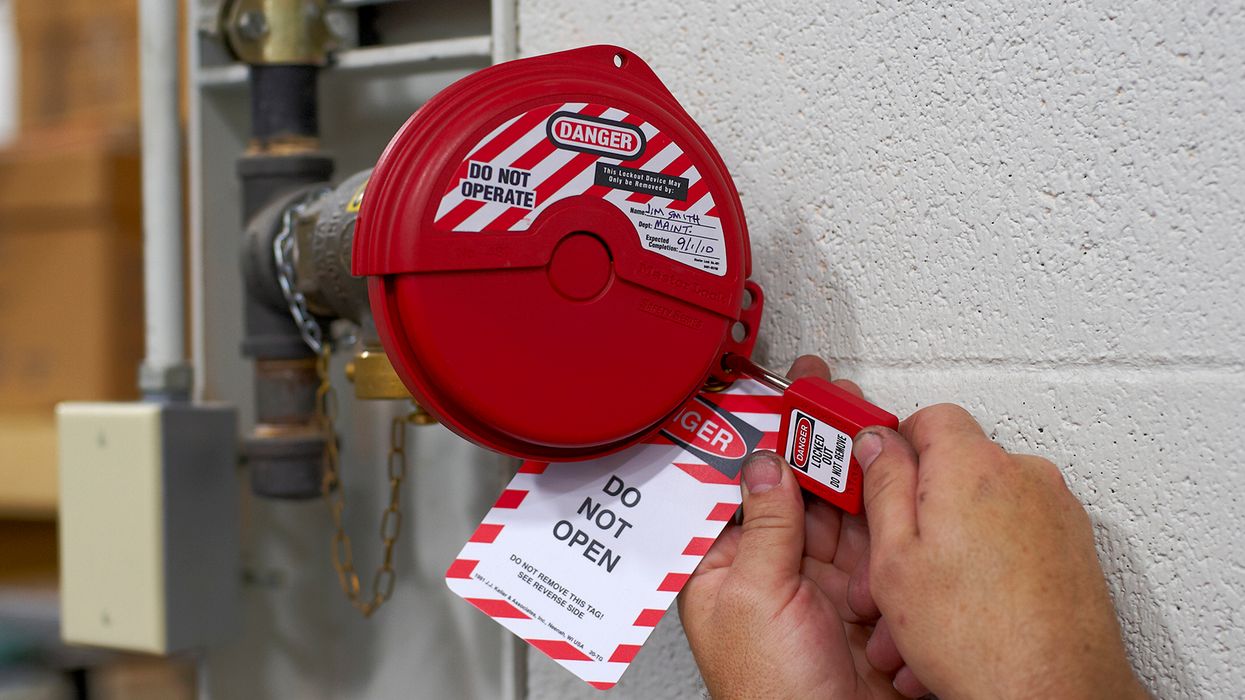The Importance of Choosing the Right PPE
Personal Protective Equipment (PPE) is essential for keeping workers safe, but are we sometimes too complacent when selecting it? Many workers simply go through the motions, choosing PPE without fully considering whether it’s the right choice for the task at hand.
On October 16, 2024, J. J. Keller Center for Market Insights and the International Safety Equipment Association (ISEA) released findings from a collaborative study highlighting key challenges in head protection practices. Despite safety professionals' confidence in their understanding of terminology, significant confusion exists regarding the differences between hard hats and helmets.
Safety managers are increasingly burdened by complex options, struggling to ensure consistent usage and comfort among workers. Additionally, only 54% of managers provide maintenance training, indicating a substantial area for improvement. The study underscores the need for standards organizations, manufacturers, and experts to educate the industry and clarify these challenges.
What’s in it for workers?
Did you know that personal protective equipment (PPE), including eye and face protection, respiratory devices, and fall protection gear, ranked among the top 10 most frequently cited OSHA standards violated in 2022?
During the 2021-2022 period, private industry employers reported a staggering number of nonfatal occupational injuries and illnesses that resulted in days away from work, restricted activity, or job transfers. Specifically, there were 38,390 eye injuries, 238,900 hand injuries, 84,810 arm injuries, 93,610 foot injuries, 63,340 wrist injuries, and a significant 250,830 back injuries.
These statistics highlight the urgent need for effective PPE usage and selecting appropriate equipment like head protection, gloves, safety glasses, long-sleeved clothing, and protective footwear that can significantly reduce many of these injuries, ensuring a safer working environment for all.
Workers want to live a quality life free from injuries and health issues, right? Well, if workers don’t use PPE, injuries and illnesses may result from contact with chemical, radiological, physical, electrical, mechanical, or other workplace hazards. How about later in life — wouldn’t they want to be healthy during their retirement?
Using PPE can seem simple. Put on safety glasses, wear gloves, use steel-toe shoes, or put in earplugs. The reality is much more complicated than that. Injuries related to PPE often stem from wearing the wrong type of equipment for the task, not wearing the PPE correctly, or not wearing the equipment because it wasn’t clear what they need to do.
What’s in it for workers; why even wear PPE? Well, understanding employer’s PPE requirements, using the right equipment, and learning how and when to use PPE is essential to protecting workers from injury and illness.
Wearing it helps get workers home safely each day, keeps them injury-free, and protects them from injury and illnesses.
Are workers just going through the motions?
When selecting PPE, it’s crucial to move beyond just following procedures. Take the time to evaluate the specific risks of workers’ working environment and choose equipment that addresses those risks effectively. This means not just picking up the first pair of gloves or safety glasses they see, but ensuring they are appropriate for the job.
How to select effective PPE
Selecting the right PPE involves several key steps:
- Assess the hazards: Identify the specific risks associated with the job, whether they are chemical, physical, or biological.
- Choose the right equipment: Look for PPE that is designed for those specific hazards. For example, if they need gloves, consider the materials, thickness, and cut resistance.
- Ensure proper fit: PPE should fit well to provide maximum protection. Ill-fitting equipment can lead to accidents, so make sure to try on various sizes and styles.
Selecting certified PPE ensures that workers are using the best equipment available to protect them from hazards. It’s required to go through rigorous testing to ensure it’ll withstand workplace wear and tear. Like labels on food products eaten or clothing worn, similarly, markings on PPE provide information about its quality and ratings.
Every type of PPE has certification requirements. Employers must identify what markings workers will need to look for to verify that the PPE is certified and safe to use. Each PPE type has marking requirements. They will either be imprinted directly on the PPE or one of the manufacturer’s stickers.
The why and how of selecting PPE
Proper PPE not only protects individual workers but also contributes to a safer workplace overall. The right equipment can prevent injuries and illnesses, saving time and resources in the long run.
When selecting PPE, workers should ask themself: "Does this equipment really meet the needs of the task?" The answer should guide their decision-making process.
Key to Remember
The importance of proper PPE cannot be overstated. It’s not just about compliance; it’s about ensuring the safety and health of everyone on the job. So, the next time workers must choose PPE, they must take a moment to evaluate their options carefully. Remember, the right glove is not just any glove—it’s the glove that fits the task perfectly.





